You may not have thought about it this way before but when you think about posture, you're actually considering the biomechanical relationship between your body and gravity.
Although it can be interpreted in different ways, I like to think that good posture is achieved when the body is aligned in such a way that there is minimal tension through our muscles and ligaments.
Think about the construction of a tent - the guy ropes on each side provide equal tension to hold the tent in an erect state. If you were to over tighten the guy ropes on one side, the tent will lean further in one direction than the other. It's exactly the same situation with our bodies - if one set of muscles is tighter than the other, we start to see shifts in the centre of mass and additional stress is placed on certain groups of muscles.
As you progress through pregnancy, physical, physiological and hormonal changes occur that alter your body's biomechanics and impact on postural control. Take weight gain. Most women put on between 11 and 16kg during a healthy pregnancy. Because this weight gain is largely localised in the abdomen, it changes the position of the body's centre of mass. At the same time, hormonal changes increase the laxity of joints, which can also add to postural instability. So perhaps it's no surprise that a significant proportion of pregnant women end-up suffering with lower back or joint pain in the pelvic area.
This article considers postural changes that occur in the pelvic girdle and lower back during pregnancy, and the steps that we can take from an exercise perspective to reduce the likelihood of back pain in the long term.
Pelvic position
Relaxation of the pelvic girdle is a normal physiological response to pregnancy. The growing uterus rests on the surface of the pelvis, which generally becomes repositioned into a forward tilted position.
If you imagine the pelvic girdle as a see-saw, the muscles attached to the pelvis - the gluteals, the hamstrings, the hip flexors and the abdominals - can pull it forwards and backwards, influencing its rotation. From a corrective exercise perspective, it is common to see the hip flexor complex become stiff and tight during the course of pregnancy. At the same time, the main hip extensors (the gluteus maximus and the hamstrings) are more likely to lengthen and weaken, as are the abdominals.
Without suggesting that muscle imbalance will lead to back pain, there does seem to be growing evidence of an association between muscle dysfunction and lumbo-pelvic pain in pregnancy. One Swedish study found pregnant women with pelvic girdle pain +/- back pain had lower hip extension muscle strength than those with no back pain. Similarly, weakness of the hip abductors (muscles which also help stabilise the pelvis) has been associated with pregnancy-related lower back pain. So working towards a neutral pelvic position, where muscles can work together in a more balanced way, seems to be a valid approach for physiotherapists / fitness professionals to take in order to reduce back/pelvic pain in pregnancy.
Lumbar spine lordosis
Along with a forward tilt of the pelvis, lordosis is another postural change that can occur during pregnancy, this time directly affecting the back itself.
Your spine has natural curves at the neck, and in the upper and lower back areas. In part these curves act as shock absorbers, distributing the stresses that occur as you move. When you are pregnant, you may find that your back arches more than normal, so that your upper body moves backwards and acts as a counterbalance for your growing tummy.
As pregnancy progresses, mums-to-be can start to feel less balanced. While they naturally widen their stance to increase lateral stability, to maintain balance in the forward / backward plane of movement (for example, when walking) they tend to increase postural sway still further.
This increased curvature, known as lordosis or swayback, places an increased load upon the spinal musculature for spine stabilisation. Interestingly, research has recently shown that endurance of the back extensor and back flexor muscles is reduced in women with pregnancy-related lower back/pelvic pain.
Since the pelvis is attached to the lower spine through a wedge-like section of bone called the sacrum, the tendency for pelvic rotation is also increased as lordosis increases.
What exercises can we do to encourage good posture through the lower body?
The main goal of an exercise programme targeting pelvic and lower back posture is to promote muscle balance. Thinking back to the tent metaphor, we want to have the muscles in the front of the body working in equilibrium with their counterparts in the back of the body.
This can be difficult to achieve with so much happening all at once. But lower back pain doesn't just impact negatively on daily life, it can also increase your risk of complications during labour. Making time for exercise during pregnancy not only decreases your risk of pregnancy-related lower back pain, it also makes you more likely to lose the weight you gained during pregnancy.
Several exercises are perfectly safe to perform, but here are my favourites to work on pelvic alignment.
Exercise 1 - Stretch of Hip Flexor Complex
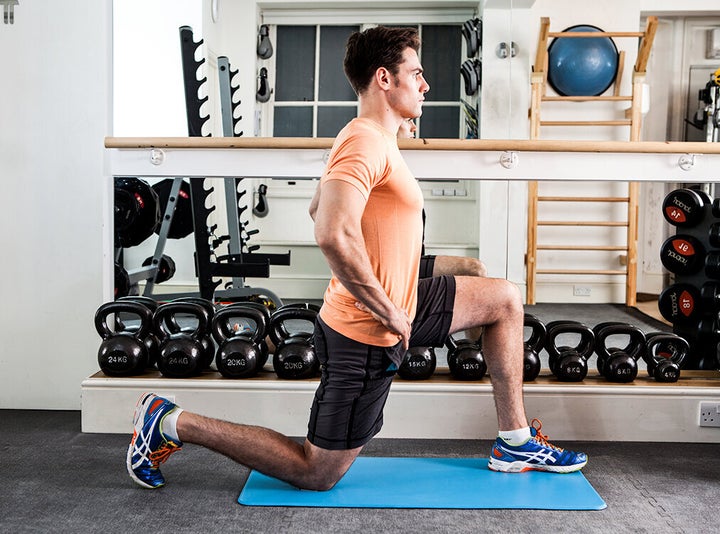
•Kneel down and step one foot forward, with a 90° bend at the knee
•Maintain an upright body position and gently push your hips forward
•You should feel a stretch in the front of the hip and thigh on the rear leg
•Hold this stretch for 20-30 seconds
Exercise 2a - Glute Bridge*
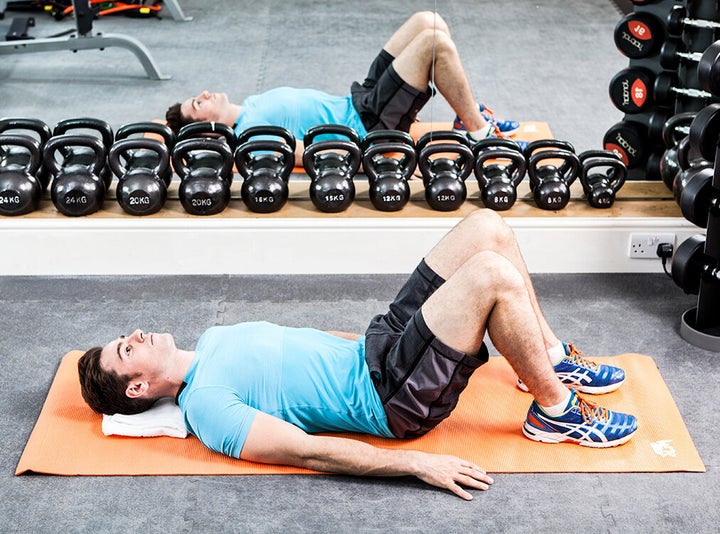
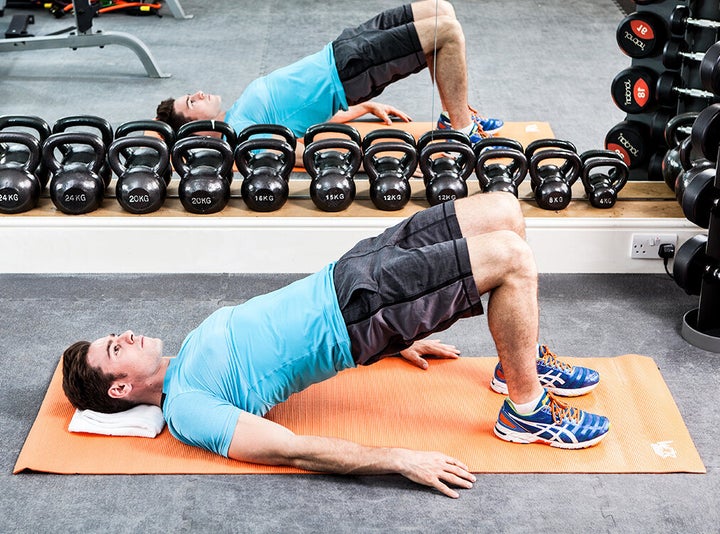
•Lie on your back with your feet flat on the ground
•Push your hips up towards the ceiling until there is a straight line through the shoulder, hip and knee
•Pause at the top and consciously engage your bum muscles
•Slowly lower to the start position
•Repeat this exercise for 2 minutes
*Lying on your back can cause dizziness in some pregnant women. This is because the heavy uterus sits on a blood vessel, which has the potential to restrict blood flow. If you prefer not to lie on your back, the clam is a great alternative, below!
Exercise 2b - Clam
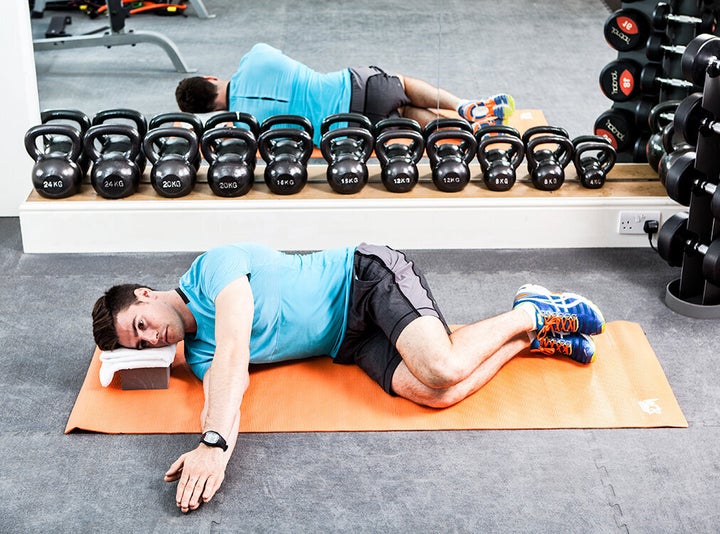
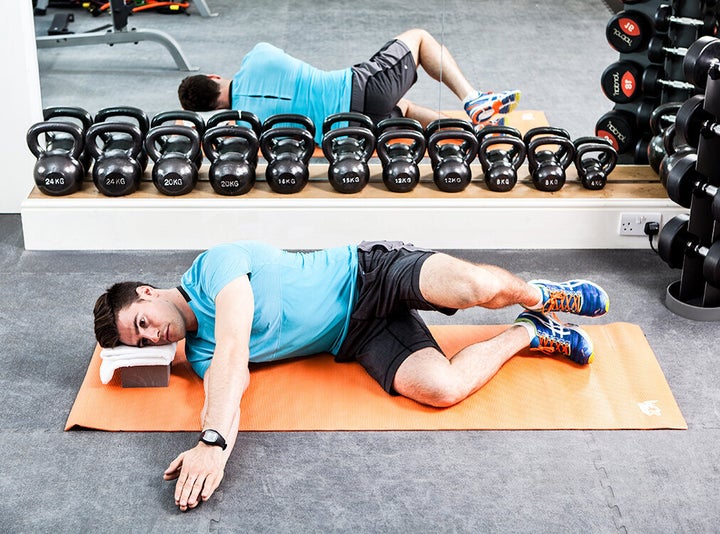
•In a side lying position, bend your legs and stack your hips, knees and ankles on top of one another
•Roll your top hip forward slightly so that your top knee slightly overhangs the bottom one
•Lift your top knee up towards the ceiling, as high as you can go before you feel the hips start to roll backwards
•Pause at the top and then lower back down
Aim of the glute bridge and clam:
To exercise the gluteal (bum) muscles in an isolated manner
How much, and how often?
Perform your preferred exercise for around two minutes or until the bum muscles fatigue (on each side for the clam), with a focus on quality rather than quantity,
three times each week.
Why do it?
Activating and strengthening the gluteal muscles helps to unload the lumbar spine of excessive force when recruited properly. The gluts are also a group of muscles that are commonly unbalanced.
Tips:
Many of my clients like a towel under their heads to support the neck, and a rolled up towel underneath their tummy to make it more comfortable.
Exercise 3 - Split Squat
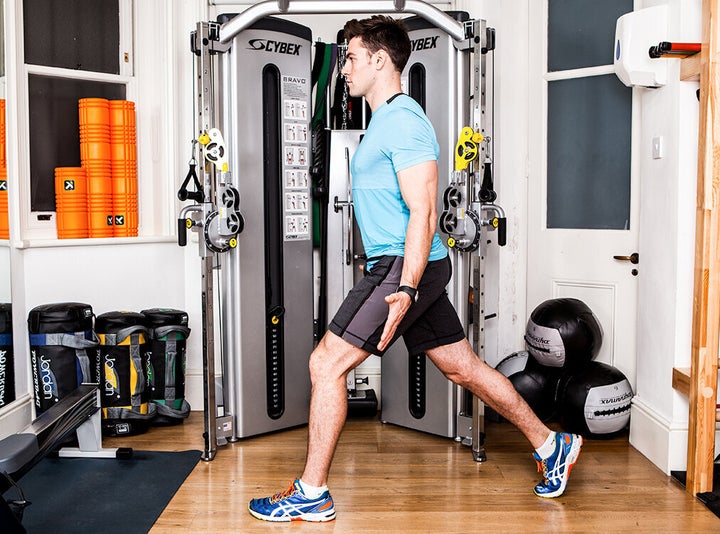
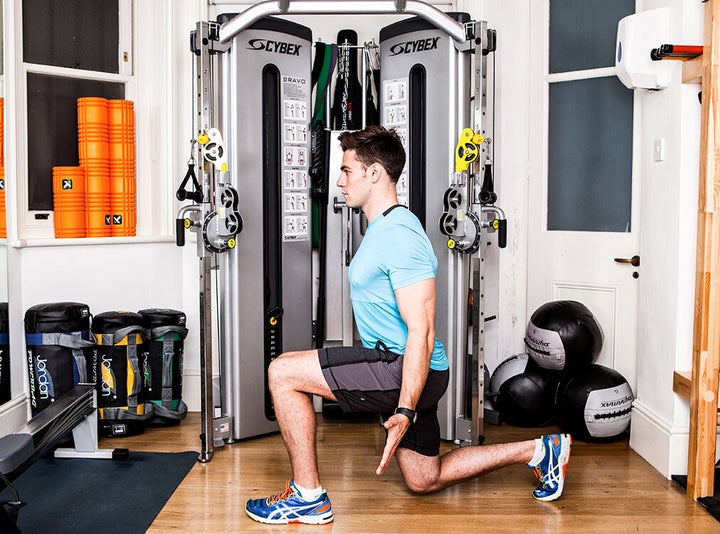
•Stand in a split stance with the back foot on tip-toes
•Keep the majority of the bodyweight over the front foot
•Bend the rear knee down towards the ground with a slight lean forward through the upper body
•Push up to the start position
Aims:
The leg muscles are among the largest and strongest in the body, so expect the heart rate to rise slightly with this one. Aim to contract the gluteal and thigh muscles in synergy to produce the movement.
Why do it?
This exercise is great for three reasons. Firstly, it will help you to maintain the muscle tone in your thighs. Secondly, the 'isolate-to-integrate' method (which has been shown to enhance muscular recruitment patterns) is exemplified in this exercise. And finally, it will also elevate your metabolism, and is great for any fans of the endorphin rush.
How much, and how often?
I'd recommend always performing the split squat after glute bridges or clams - that way, you ensure that the gluteal muscles are consciously recruited. Perform 2-4 sets of 10-20 repetitions for the best results.
Considerations:
Split squats involve moving the body up and down repeatedly, which can cause changes in blood pressure. If you feel dizzy during this exercise, then it is likely that it is not suitable for your stage of pregnancy. As a rough guide, you should work at a tempo of 3 seconds on the way down, pause for half a second to kill momentum, and then take 3 seconds on the way back up. The depth of your split squat should decrease as you progress through your pregnancy.
Pelvic floor exercise
As well as the exercises above, it's important that we do not neglect the inner abdominal muscles - they are the ones that you cannot see. While the role of the transverses abdominis and the pelvic floor muscles in lower back pain rehabilitation is a topic of some debate,10,11 pelvic floor muscles are clearly a pivotal group of muscles when it comes to childbirth.
The Wave is a great exercise that can be done almost anywhere!
Exercise 3 - 'The Wave' - a double-headed exercise for the pelvic floor
•Sit up tall in a quiet environment where you can concentrate
•Contract your front passage to around 60% of your maximum force and hold it
•Now contract your back passage to 60% and hold it for around 4 seconds
•Now release the front passage slowly, followed by the back passage
•You should feel the muscular contractions in a wave-like shape
This exercise should be performed little and often - perhaps 15-20 repetitions 2-3 times per day. One of the significant benefits of pelvic floor exercise is the reduction of stress incontinence after childbirth.12
What to do now
In summary, it is important that postural exercise forms a large part of your prenatal training, even in the months leading up to conception. The main changes occur in the pelvic region, followed by the upper back and neck. Keeping on top of your posture with the guidance of an exercise professional can help to dramatically reduce the likelihood of experiencing aches and pains, make you stand taller and increase your self-esteem!
Enjoy sweating!
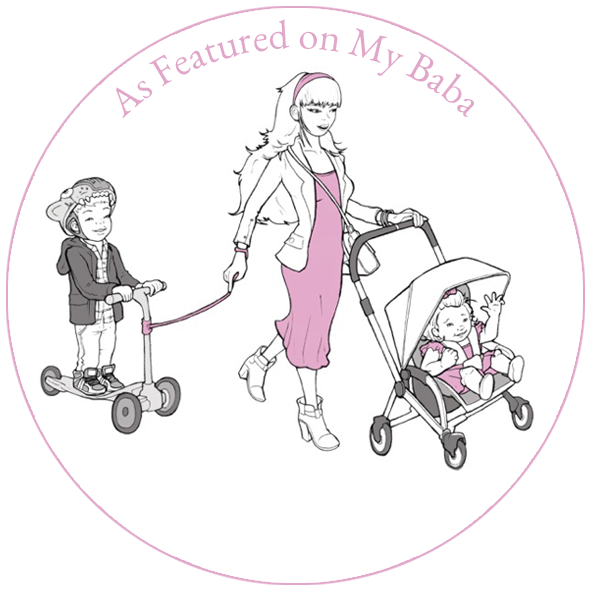
1.Jang J et al. Balance (perceived and actual) and preferred stance width during pregnancy. Clin Biomech 2008; 23: 468-76.
2.Borg-Stein J, Duggan SA. Musculoskeletal disorders of pregnancy, delivery and postpartum. Phys Med Rehabil Clin N Am 2007; 18: 459-76.
3.Vøllestad NK et al. Association between the serum levels of relaxin and responses to the active straight leg raise test in pregnancy. Man Ther 2012; 17: 225-30.
4.Foti T et al. A biomechanical analysis of gait during pregnancy. J Bone Joint Surg Am 2000; 82: 625-32.
5.Bewyer KJ et al. Pilot data: Association between gluteus medius weakness and low back pain during pregnancy. Iowa Orthop J 2009; 29: 97-9.
6.Gutke A et al. Association between muscle function and low back pain in relation to pregnancy. J Rehabil Med 2008; 40: 304-11.
7.Noon ML, Hoch AZ. Challenges of the pregnant athlete and low back pain. Curr Sports Med Rep 2012; 11: 43-8.
8.Brown A, Johnston R. Maternal experience of musculoskeletal pain during pregnancy and birth outcomes: Significance of lower back and pelvic pain. Midwifery 2013; doi: 10.1016/j.midw.2013.01.002.
9.Duckitt K. Exercise during pregnancy: Eat for one, exercise for two. Br Med J 2011; 343: d5710
10.Stokes IAF et al. Abdominal muscle activation increases lumbar spinal stability: Analysis of contributions of different muscle groups. Clin Biomech 2011; 26: 797-803.
11.Lederman E. The myth of core stability. J Bodyw Mov Ther 2010; 14: 84-98.
12.Price N et al. Pelvic floor exercise for urinary incontinence: A systematic literature review. Maturitas 2010; 67: 309-15.